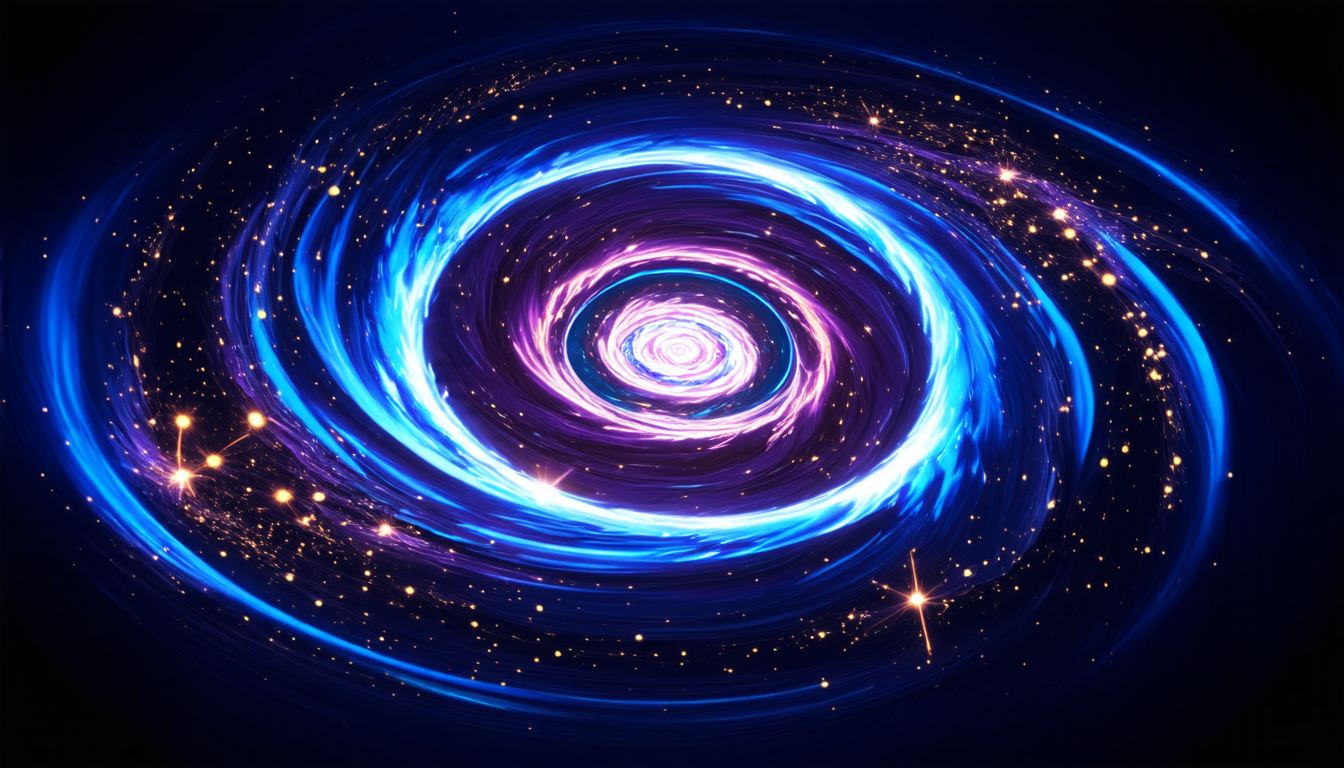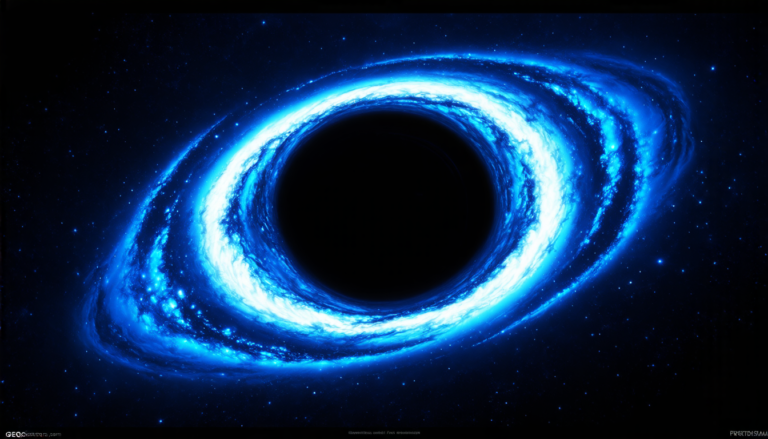Wednesday 16 April 2025
The mysteries of blazars, those incredibly powerful and energetic objects at the hearts of active galaxies. For decades, scientists have struggled to understand how these behemoths manage to accelerate particles to near-light speed, producing some of the most intense radiation in the universe. A new study suggests that a previously overlooked mechanism may play a crucial role in this process: radiative relativistic turbulence.
Blazars are essentially supermassive black holes surrounded by swirling accretion disks, which funnel matter towards the event horizon at incredible speeds. As this material spirals inward, it releases vast amounts of energy in the form of radiation and high-energy particles. But how exactly does this acceleration occur? Researchers have proposed various mechanisms over the years, including magnetic reconnection and relativistic shock waves.
The latest study builds upon these ideas by introducing a new player: radiative relativistic turbulence. In essence, this phenomenon occurs when intense radiation from the accretion disk interacts with the surrounding plasma, creating chaotic motions that in turn accelerate particles to incredible velocities. The researchers used a combination of theoretical models, particle-in-cell simulations, and Fokker-Planck modeling to investigate this process.
The results are striking: radiative relativistic turbulence can indeed produce significant particle acceleration, potentially explaining some of the most extreme observed properties of blazars. This mechanism may also contribute to the creation of electron-positron pairs within the jet, which could be responsible for a portion of the high-energy radiation emitted by these objects.
The implications are far-reaching: if radiative relativistic turbulence is indeed playing a key role in particle acceleration, it could fundamentally change our understanding of blazar physics. It may also provide new insights into the behavior of other extreme astrophysical phenomena, such as gamma-ray bursts and supernovae.
So what’s next? Further research will be needed to confirm these findings and explore their implications in greater detail. The study’s authors are already planning follow-up simulations to investigate the role of radiative relativistic turbulence in different blazar configurations. As scientists continue to unravel the mysteries of these incredible objects, we can expect a deeper understanding of the fundamental physics that drives them.
In short, the discovery of radiative relativistic turbulence as a potential mechanism for particle acceleration in blazars offers a fresh perspective on one of the most energetic and fascinating phenomena in the universe.
Cite this article: “Unlocking the Secrets of Blazar Turbulence: A New Perspective on High-Energy Jets”, The Science Archive, 2025.
Blazars, Particle Acceleration, Radiative Relativistic Turbulence, Active Galaxies, Supermassive Black Holes, Accretion Disks, Magnetic Reconnection, Relativistic Shock Waves, Fokker-Planck Modeling, Astrophysical Phenomena







